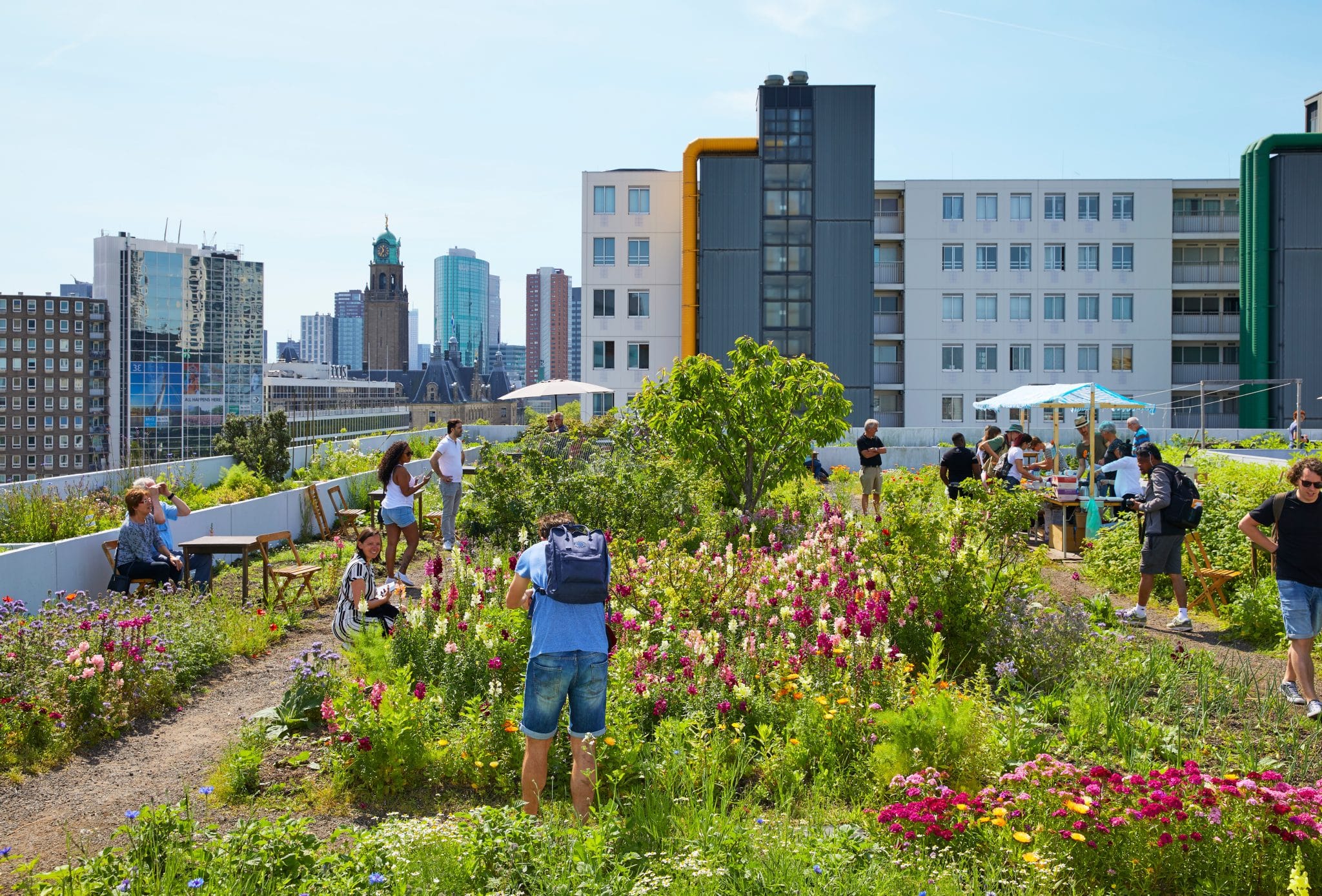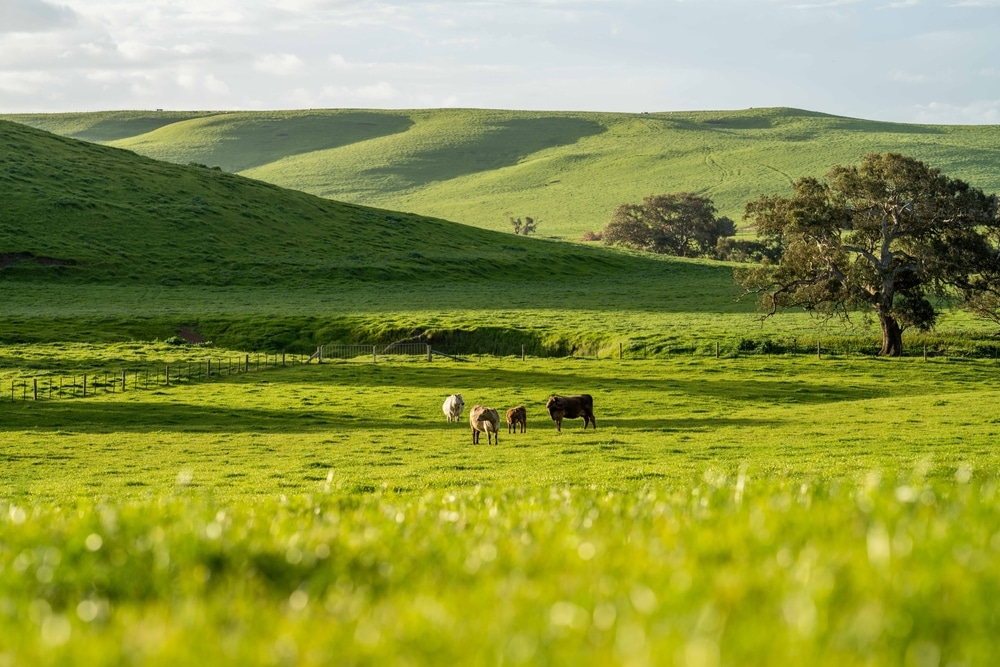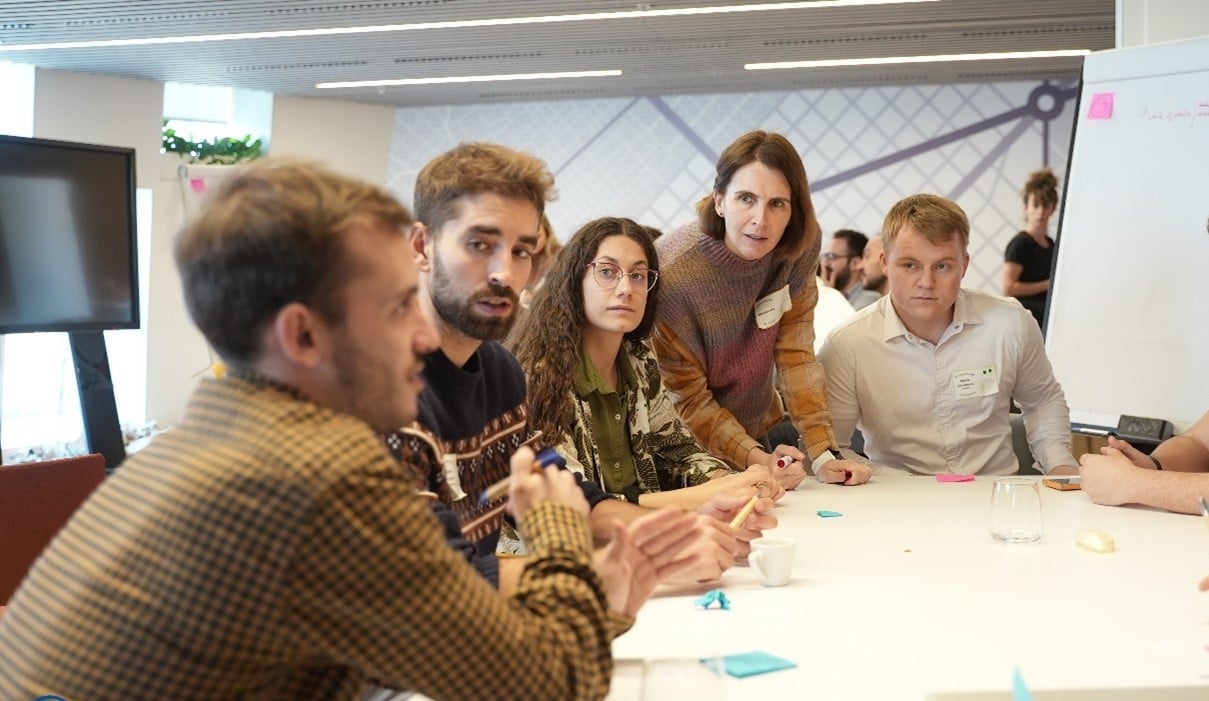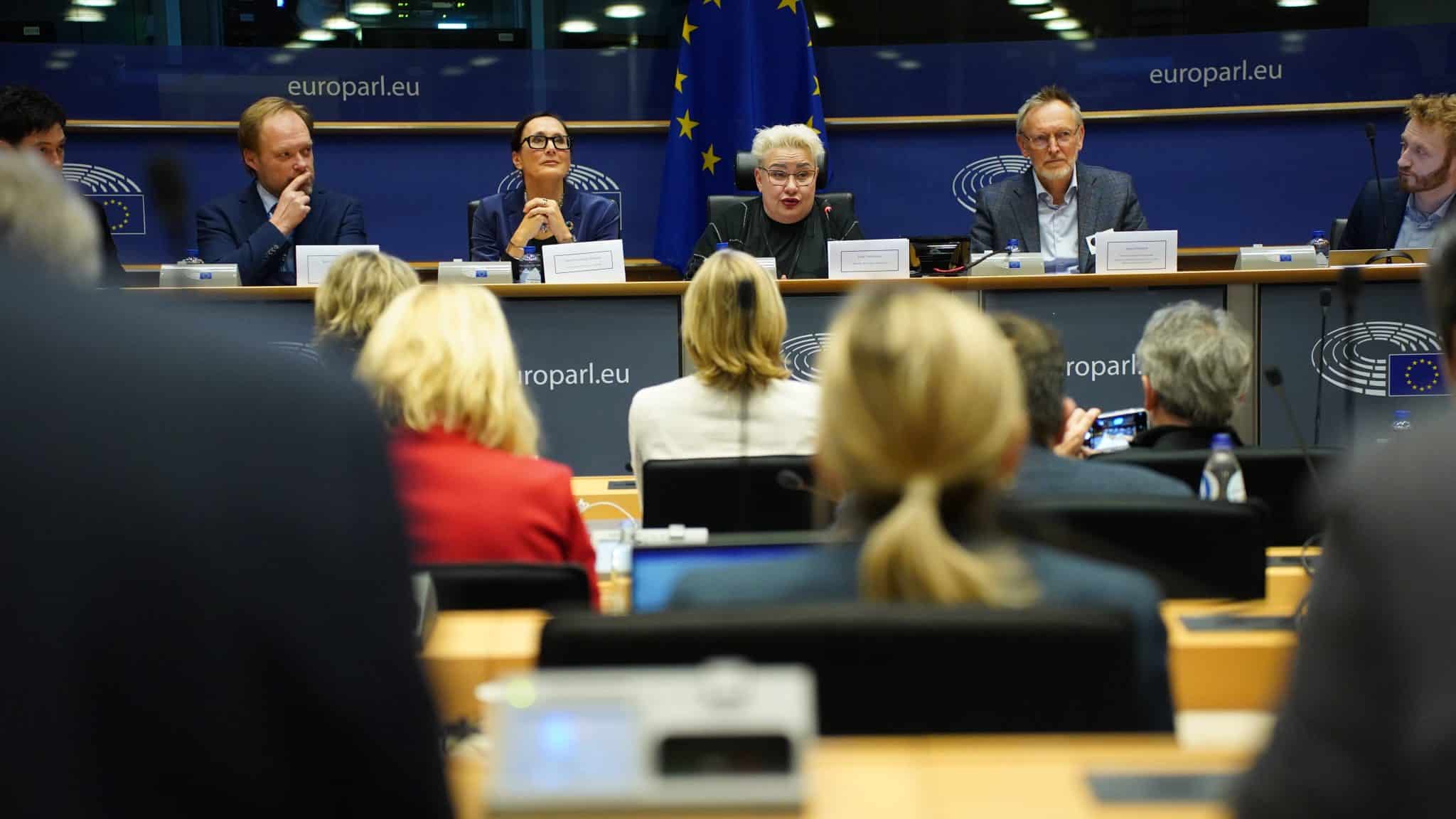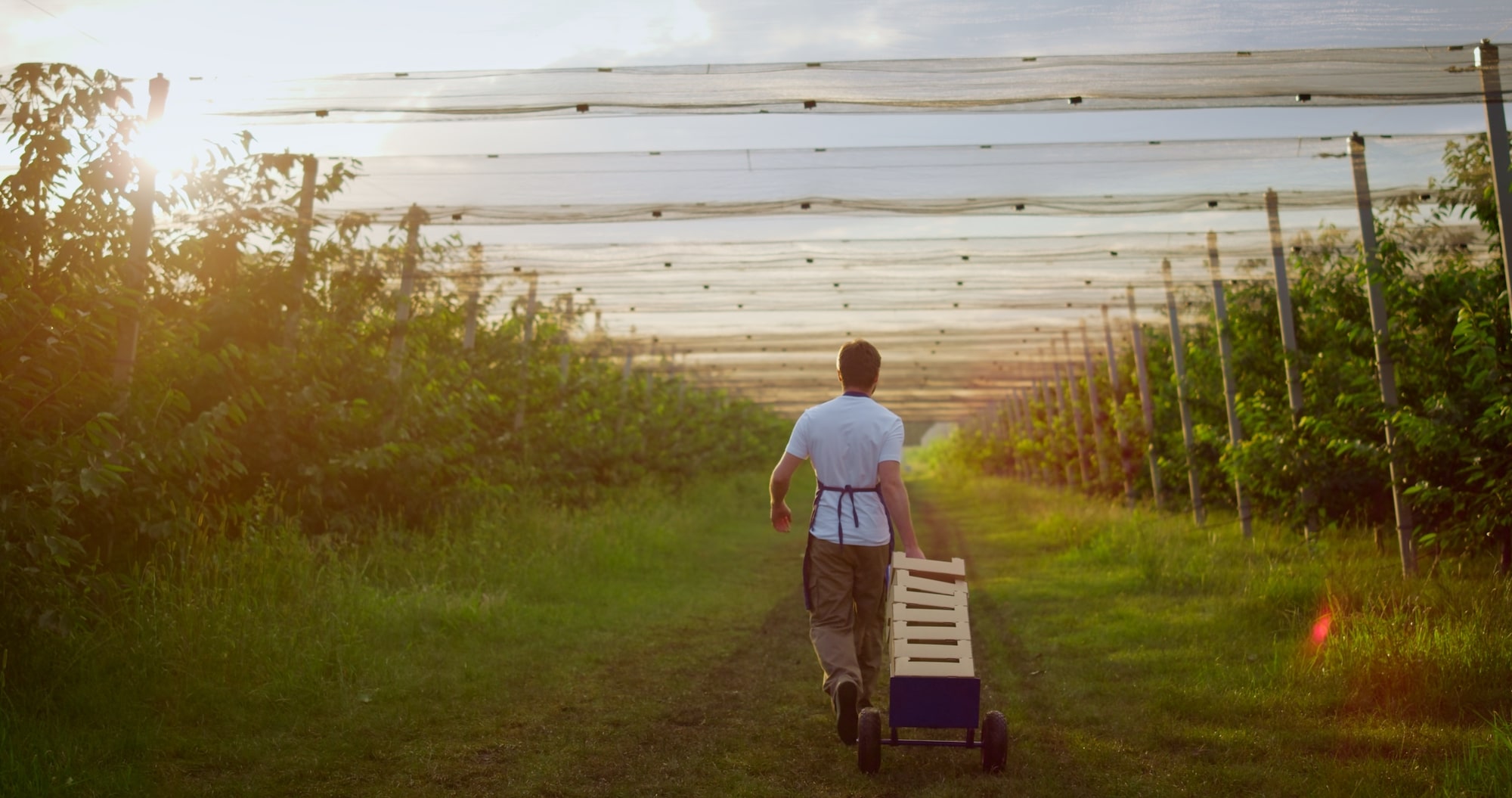
What we do
Europe 2030 missions
What we do
Europe 2030 missions
Our work in the EU
We are deeply committed to the transformation of 400+ cities, regions and countries in Europe and beyond into climate-resilient, carbon-neutral and ecologically sustainable places.
By 2030, with our support, these places will implement large-scale, integrated and transformative climate action. Their transformation not only has the potential to significantly reduce greenhouse gas emissions, but they will also serve as examples of healthy, equitable and thriving places to live, work and play.


